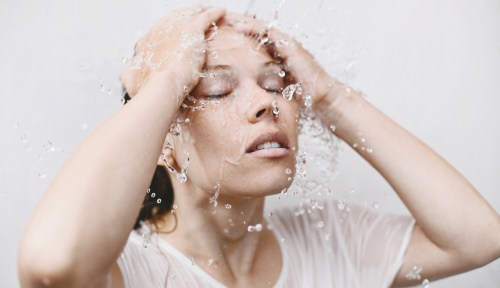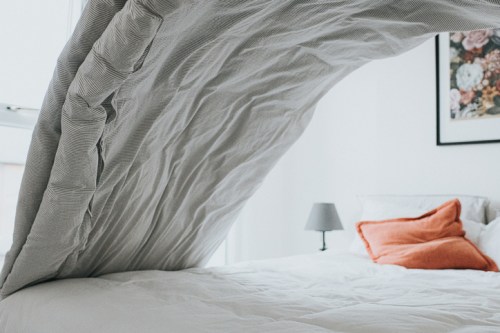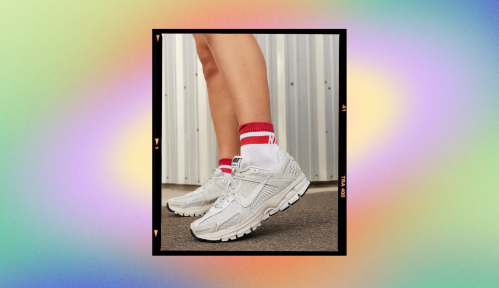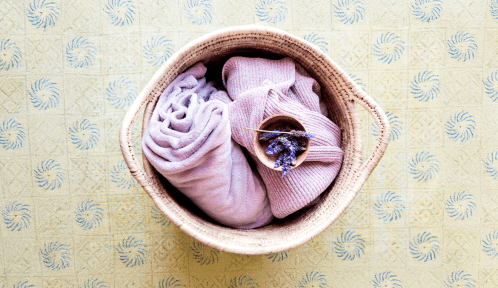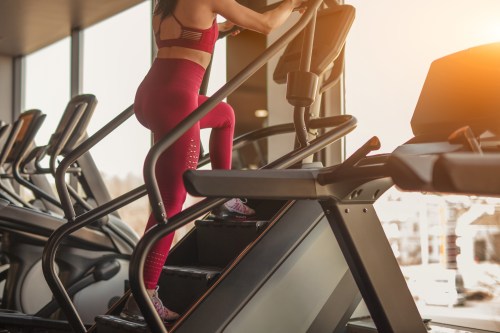Our editors independently select these products. Making a purchase through our links may earn Well+Good a commission
When I think of what could trigger my allergies, I imagine the pollen picked up by the wind or the dust bunnies under the bed on the floor. It’s never occurred to me that my bed itself could be harboring allergens, but according to John McKeon, MD, CEO of Allergy Standards, it’s the first place you should look. If you’re having nighttime coughs and other allergy symptoms, Dr. McKeon says to assess your bed before you order an air purifier.
“You should be spending eight hours a night in your bed,” says Dr. McKeon. “Often, the bed can be the source of the trigger factor, rather than the actual air. People think it’s the air they’re breathing, but really it could be the allergens [from their bedding] getting into the air that they’re breathing while they’re asleep.”
Dust mites think your bed is just as comfy as you do—and they feed off dead skin cells. Depending on how you treat your bed, you may be extending an invitation for them to linger.
“If you’re highly allergic to dust mite allergens and you’ve got a lot of dust mites in your pillow or in your bedding, and you’re not washing the bedding or the bedding traps dust mite allergens, that could be causing all your symptoms,” says Dr. McKeon. “A good change of pillow, washing your pillow, putting on allergen barrier encasing—that could be the biggest thing that could help.”
Jean Calleja of The Eco Laundry Company says you should wash your sheets every week during warmer months (especially if you sleep naked). And Lindsey Boyd, cofounder of The Laundress, says “because pillows come in such close contact with your face and tend to breed allergens, they should be washed two to three times per year, and even more frequently if you live in a warm, humid climate—warmth is a breeding ground for dust mites.”
When it comes to your mattress, Dr. McKeon says vacuuming it is really helpful. “You’d be amazed by what comes out if you just put the hose part of your vacuum cleaner on top of your bed and vacuum it,” he says. “Often the dust mites can live close to the surface because that’s where the food is, your skin cells, etc., that they’re eating up.” (By the way, we love the Dyson V11 Outsize, $799.) But, he says you can’t vacuum out everything so he recommends adding an allergen barrier to your mattress for an added layer of protection.
Next, certain types of bedding trap dust mite allergens and can include harsh chemicals that can cause an allergic reaction. Allergy Standards certifies products as allergy-and-asthma friendly for the Asthma and Allergy Foundation of America, and Dr. McKenon says that in order for a product to be considered good bedding for allergy sufferers, they check for three measures.
“First of all, we check that the textiles themselves are free from any harsh chemicals,” says Dr. McKeon. “Then we make sure that they are barriers so they block dust mite allergens. And then we make sure you can wash them at a hot temperature, which is important to remove allergens, and kill allergens and remove dust mites.” The products also must be breathable for comfort.
Once you get your bed under control, Dr. McKeon says you may not need any other interventions for your allergies. Shop bed products that are certified allergy-and-asthma friendly below.
Best bedding for allergy sufferers
1. THE PILLOW PROTECTOR (SET OF 2), $49 to $63
These all-natural, silk-lined pillow covers are perfect for keeping your pillows protected. Pair them with your usual pillowcase, and your pillows will have a barrier from allergens, dust mites, and pet dander.
2. Bed Care All-Cotton Allergy Mattress Cover, $60 to $170
While some mattress covers feel plastic and make you sweat, this mattress cover is 100 percent cotton and is woven tight enough so allergens and bed bugs can’t get through.
3. SmartSilk The Comforter, $207 to $312
This allergy-friendly comforter comes in Gray, Taupe, and White. Lay this all-natural comforter on your bed knowing it’s free of irritants.
4. Serta Perfect Sleeper Smart Defense pillow 2 pack, $27
These hypoallergenic pillows include fresh infusion polyester fiberfill with an anti-microbial treatment. There is also a built-in allergen barrier.
Sign Up for Our Daily Newsletter
Get all the latest in wellness, trends, food, fitness, beauty, and more delivered right to your inbox.
Got it, you've been added to our email list.

